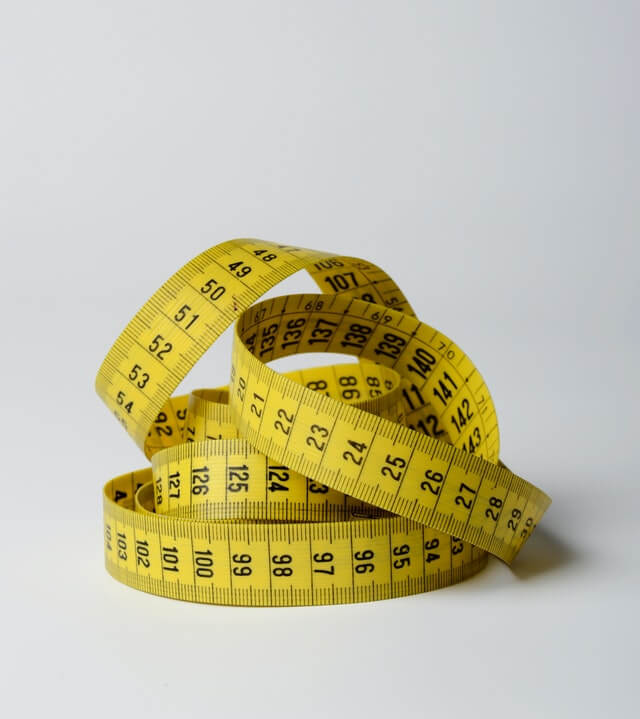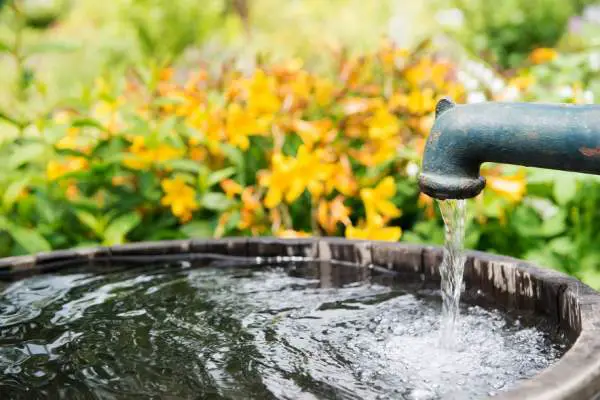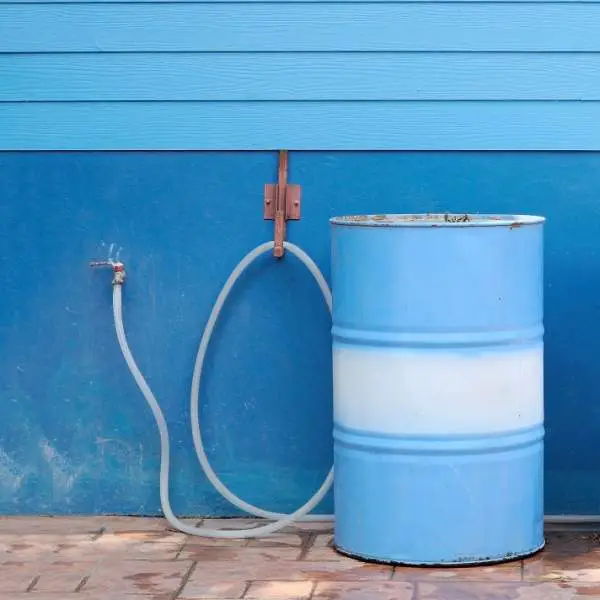Whether you are building your own or purchasing a hydroponic system, the most crucial bit of equipment will be your water pump. However, just selecting one that you think will be sufficient isn’t the way to go about it.
There are some things to consider as every system is different and to go along with this, you will have a variety of pumps to choose from. Here we will look at the different types of pumps, and how you can ultimately choose the right-sized pump for your system. Although it is easier to calculate the size of the pump required than many people think, the one factor many tend to overlook is the type of system they will be running.
The only easy answer, before looking in-depth at the variables is to purchase a much larger pump than you require. You can reduce the rate of flow, yet a pump that is too small, can’t pump more water than it is capable of doing.
Types of Hydroponic Water Pumps
Before knowing the size of the pump you will need, you will need to know which type you will possibly be using. The two most common will be either submersible pumps or inline pumps.
Inline Pumps
An inline pump will sit outside your reservoir. Because of this, they are usually cooled by the air and will be noisier than submersible models. This type of pump is generally more powerful and used in commercial or larger gardens. In many cases, they will be rated by HP (Horse Power) and not by the GPH (Gallons per Hour) of water, they can move.
Submersible Pumps
These sit inside your reservoir and will be almost silent with the water acting as noise insulation. While the water cools them, it does mean heat will seep into your mixture, so making sure this doesn’t warm your nutrient solution too much will be crucial.
While submersible pumps lack the power of inline pumps, the majority of home gardeners can make use of these, as the GPH is more than sufficient in most cases.
Sizing a Hydroponic Water Pump

It can be straightforward to find the right-sized pump for your garden. Here we will show the simple formulas you need to use for calculations. However, there are three basic steps you need to follow to find out the right pump for your needs.
In summary, these steps are:
- Calculate your GPH for the amount of water you will be pumping
- Measuring the head height of your system
- Using both of these values to determine the right sized pump
Before looking at the steps in-depth, here is a table with the different systems, and how much water you can expect to be pumping.
| System Type | Flow Rate (GPH) Examples |
| Dutch Buckets/ Bato Buckets | 2 gallons per hour per bucket |
| Flood & Drain | Flood table volume in gallons x flood frequency per hour |
| DWC | Reservoir volume in GPH |
| Towers | 2 GPH per tower |
| NFT | Between 4 & 6 GPH per trough |
Steps for Sizing Hydroponic Pumps
Step #1: Calculating Your GPH
When you begin looking at purchasing pumps, they should all come with a GPH. This will give you the number of gallons your pump can move every hour. Be sure the reading is GPH and not in metric as this will throw off your calculations.
When finding out your total GPH, this will be the flow rate multiplied by the number of units at that flow rate. A good example is a Dutch bucket, if this is 2 gallons per bucket, then you multiply this by the number of buckets in your system.
One thing to note is you will need to be sure any tank holds a little extra water. The last thing you want is a pump to start running dry. This will be the first thing, which kills it.
Step #2: Measuring Your Head Height
Nearly every hydroponic system has a growing medium and plants placed higher than the level of the nutrient reservoir. This means water needs to move upward.
While pumps can move water, they need to lift it high enough to reach the system, and they need to do so efficiently. This is where the head height comes into force.
The head height is the distance from the highest point the water will reach in your system and the level of the water in your tank. While there is no calculation for this, you only need to measure the distance.
It is worth remembering that water levels drop, so making sure any head height can be comfortably covered by the pump of choice to allow for this variance.
Step #3 Combining Your Head Height and GPH
This step is the hardest out of the three. Without going through pump models, it can be hard to fully explain how they will read. When you have these readings, you will see how high your pump can pump water to overcome gravity, and the point where it is of little use and the water can overcome the pump.
GPH will decrease with height, so you need a pump that has the highest head height for your budget. When looking for a pump, never go by the GPH which is advertised, on the carton. Once you go above one foot in height, then your effective GPH will begin reducing.
Nearly all pump manufacturers give separate readings because many of these pumps may be used in ponds for water features or for fountains. This means they will be designed with high head heights in mind.
Generally speaking, a pump that has the highest PSI, can overcome the back-pressure where water tries to flow back through the pump using gravity.
Hydroponic Pump Considerations
With the above, you can see how straightforward it can be to choose a water pump for your system. As we saw, many of these pumps are made for pond use, although there are many manufacturers who are now packaging these specifically for hydroponics use.
To be safe, it is better to take your reading from the above calculation and double it. This gives you lots of leeway in lack of pump performance and you have the chance to increase the size of your system without purchasing another pump.
You can reduce flow to meet your needs, and an NFT or drip system is a good example. These don’t need lots of water volume, they just need a steady trickle of water delivered around the clock, or for the designated feeding times.
If you need to reduce flow, many pumps have restrictors built-in. However, if your pump doesn’t come with one of these, you can make a quick adaption to your pump so it cannot pump the full amount of water.
Adding a “T” connector to the outlet end of the pump and under the water level will divert some of the water back into the tank while the remainder makes its way up to your plants. You can even add a small valve to this end to fine-tune the water that just passes back into your tank.
Related Questions
What happens if my tank is a distance from my system?
If your tank is not directly situated under your system, you will need to allow for the length of the hose connecting the two. The longer your hose, the harder it will be and the GPH will reduce as a result. Unless your tank is a considerable distance away, you can choose a pump that is double the performance for what you require, and you can allow for up to 30% loss of performance as a result.
What number of watts should my pump be?
You may find you have a juggling act with this one. Larger pumps will be of higher wattage, and if they are being run 24/7, they will cost more to operate. Finding a pump with the smallest wattage, yet still delivering the GPH you need will save you money in running costs.
What about pump timers?
If your system isn’t running 24/7, then you will need the use of a timer. Flood and drain are set to fill at regular intervals. Using a good timer to control this means your plants get sufficient feeding when they need it. You can find a good timer in these instances, and because of this, it will allow you to have a higher-performing pump because you are only running at set times throughout the day.
Conclusion
It can be straightforward to choose a good enough pump for your system. Like anything, you will get what you pay for, so purchasing a system that is larger than what you need will perform more efficiently than one which struggles to reach the head height.
Even if you look at an inline pump rather than a submersible. You still have the same considerations to make and you still have the same figures to work with. Pumps may be the most crucial piece of equipment in your system, yet they are not the hardest to purchase.





